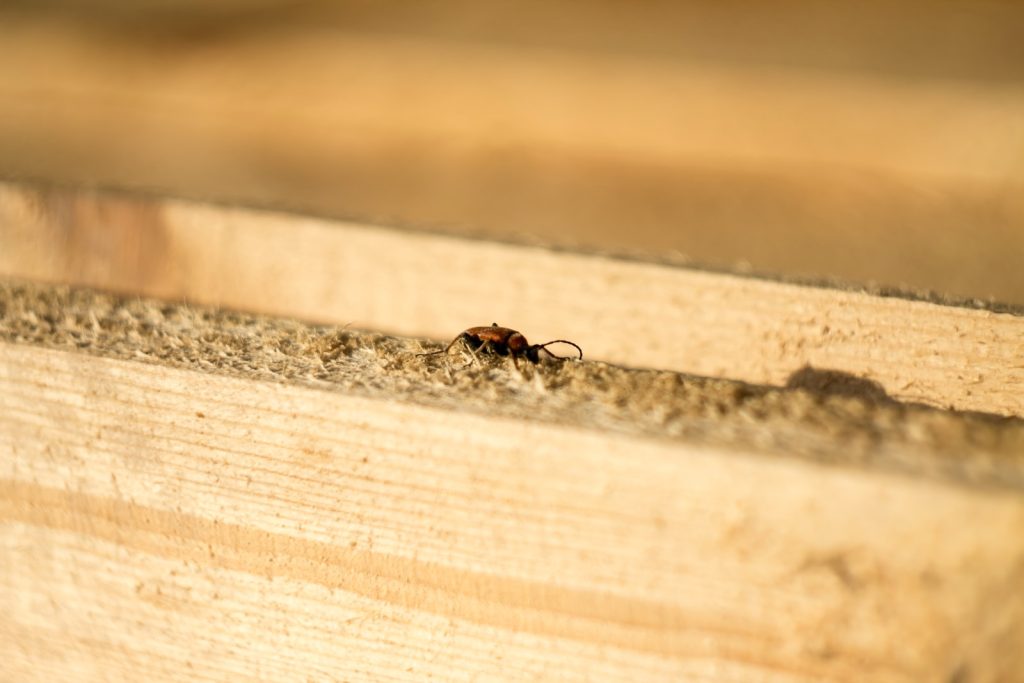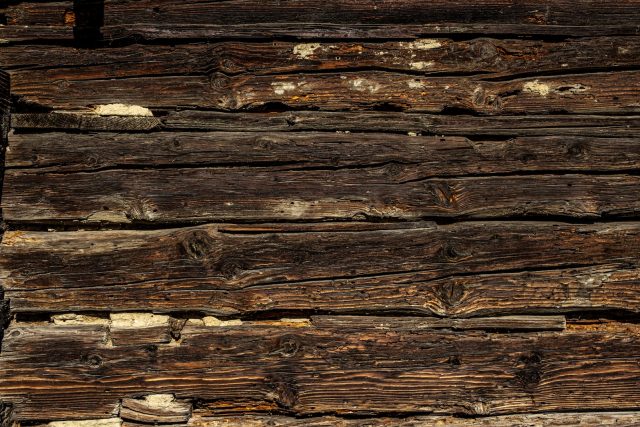What are termites?
Termites are small yet powerful creatures that can cause significant damage to your home. These pests have been around for centuries and have evolved to become a major problem for homeowners everywhere. Termites feed on wood and other organic materials, which makes them particularly dangerous to houses and other wooden structures. If left unchecked, they can cause structural damage that can be expensive. This article will explain what termites are, how they get into homes, and the danger they pose to property owners.
Causes of Infestations
An infestation of termites in the home is a severe problem that can cause extensive damage, and it is crucial to identify and address the root causes. Knowing what leads to an infestation can help homeowners take preventative steps to protect their houses from these destructive pests.
The primary factors contributing to the infestation of termites in the home are moisture and wood-to-soil contact. If the soil surrounding a house is moist for long periods, it creates an ideal habitat for termites. Additionally, if there is any physical contact between untreated wood (such as wooden decks or siding) and soil, this provides easy home access for termites that they use as a food source.
Signs of Infestation

If you think your house might be infested with termites, it’s important to look out for the signs so you can take action quickly. Knowing what to look for is key to identifying the presence of an infestation before it causes extensive and expensive damage.
The most common signs of a termite infestation include mud tubes on your home’s exterior walls or foundation, wood damage such as buckling floors or cracking walls, and small piles of sawdust near affected wood. Other signs could include flying termites, discarded wings near windowsills or entryways, and clicking sounds coming from within the wall voids.
Risk Factors
Termites can be a homeowner’s worst nightmare! These wood-destroying insects are notorious for infesting homes and causing significant damage. While there is no guaranteed way to prevent termite infestations, there are certain risk factors that homeowners should be aware of in order to reduce the chances of an attack.
When it comes to termite infestations and houses, one major factor is moisture content and moisture control. Removing any sources of standing water near your house can significantly reduce your chances of an attack; this includes clogged gutters, leaky pipes, improper grading around the foundation, and poor drainage systems. Additionally, keeping any wood debris away from your home helps decrease the likelihood of a termite invasion, as they rely on wood as their source of food.
Prevention Tips Home Protection Against Termites
It is important for homeowners to be aware of how to protect their houses from these destructive pests. There are several ways that homeowners can prevent termite infestations in their homes, including inspecting the home regularly for signs of activity, sealing up any possible entry points, removing wood from contact with the soil, and using chemical treatments or baiting systems.
The first step in preventing a termite infestation is performing regular property inspections. Look around outside and inside your home for mud tubes or damage caused by termites. Be sure to inspect all areas where wood touches the soil, including porches, decks, fences, and other outdoor structures as well as window frames, door frames, and walls near ground level inside your house. If you spot anything suspicious, contact a professional exterminator immediately.
How to Get Rid of Termites
If you’ve noticed signs of termites in or around your home, it’s time to take action.
The first step is identifying which type of termite you have, as this will determine the best treatment option. Drywood and subterranean are the two common types found in homes, and each requires different treatments. Visual signs such as mud tubes near the foundation, discarded wings near windowsills, hollow-sounding wood, and frass (droppings) can help with identification.
Once you know what kind of termite infestation you have, there are several measures that can be taken to eradicate them from your home.
The most common method of removing termites from a home is via chemical treatments. This involves applying a liquid insecticide around the perimeter walls and entry points of the home. After this application, it is necessary for homeowners to continually monitor these areas in order to ensure no new termite activity has started up again. Other chemical treatments may also be used such as baiting systems that use slow-acting termiticides which act as poison when ingested by the insects.
Professional Inspection
When it comes to termite infestations, professional treatment is the way to go. Homeowners who discover that their house has been invaded by these wood-eating insects should be aware of the risks and dangers associated with an unchecked termite population. Professional pest control experts have the knowledge and experience necessary to identify, contain, and eliminate a termite problem quickly and safely. Not only will they use safe practices, but they are also able to assess any damage caused by the infestation and provide advice regarding repairs or restorations that may be needed once the termites have been eradicated.
Additionally, professional exterminators can locate hidden entry points in order to seal off access for future generations of termites.
Taking Action
In conclusion, termite infestation is a serious problem that can cause costly damage to properties. Taking the necessary steps outlined in this article will help protect your home or business from termites and save money in the long run. A professional pest control service may be necessary for more severe cases of infestation. Prevention is key, so be sure to keep your property well-maintained, inspect it regularly, and make needed repairs as soon as possible.






























